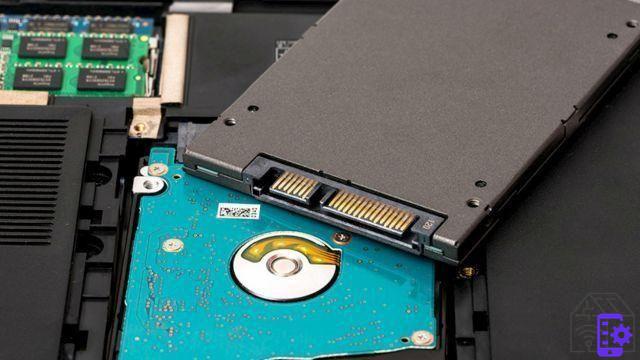
Quick, durable and more and more economic: the solid state memories, known to most people as SSD, now seem destined to completely conquer the computer world. In the PC world, they are gradually retiring old people hard drives, and the next generation of consoles will also use them to reach new levels of performance. But how exactly do they work? And what do you need to know before you can choose one for your device?
Guide to the operation of a SSD
Basically, an SSD isn't too different from one USB flash drive or a SD card. In fact, it uses celle di nand flash memory made of silicon to store i bit of information, which are read and written by a small control unit integrated in the device.
This storage method marks the first big difference between a hard drive and an SSD: in the latter, in fact, there are no moving parts, and therefore not even mechanical wear. There are other forms of wear, which result in a maximum number of rewrites, but even net of this, the longevity and especially the durability of a solid state drive is still very high.
The electronic, and not mechanical, operation also makes an SSD more silent, More energy efficient and, above all, a lot faster of any HDD. This last consideration is valid both for the sequential writing and reading speed, relevant for the transfer of large files, and for the access to random parts of the memory, fundamental for operations such as navigation and multitasking As a result, even a very cheap SSD card can make a computer much more fast e whippy when compared with the same hard drive model.
The SSD is so fast that, unlike hard drives, it can be limited by the interface used. Basically it is common to find compatible drives, such as HDDs, with the standard SATA. However, these will be slower than the so-called memories NVMe, who use the standard PCIe (the same as the graphics cards) and which can reach speeds of thousands of Mb per second.
Not all SSDs are created equal
So far we have talked about the characteristics of SSDs in relation to the performance of hard drives. If what has been said so far applies across the board to the various models, it is also true that not all SSDs can boast the same performance.
A first point of differentiation concerns the presence or absence of one cache. In addition to the NAND flash main memory, in fact, most SSDs also host a small and very fast RAM where the index of the contents of the drive is saved. This component, which allows you to quickly identify the position of a bit to read or write, may be absent on some cheaper models, which will always save the index on the NAND memory or on the computer RAM. The economic savings, however, tend not to be sufficient to justify the loss of performance due to longer rental times.
There are also differences between the type of NAND flash memory. Each memory cell can in fact contain one bit (SCL), due bit (MCL) or very bit (TCL). The number of bits per cell is inversely proportional to the random read and write performance. This is due to the fact that access to the individual bits takes longer when they are compacted in the same cell. On the other hand, MCL and TCL cells are cheaper than SCL and in any case more than suitable for a normal consumer or prosumer.
Finally, there is a difference in terms of performance between SSDs of different sizes, even belonging to the same line. In fact, inside a unit, NAND flash memory is divided into chips, and a high-capacity memory differs from a low-capacity one simply by the greater number of chips. However, this also entails a difference in speed, since at first the control electronics can parallelize reading and writing on multiple chips and thus obtaining better performance.
How to choose the right SSD for you
Now let's see some situations in which you might decide you want to buy an SSD and let's try to understand which are the most important parameters to pay attention to. The advice we have given in the past for other products remains valid, that is to orient you, if in doubt, always on reliable brands such as SanDisk, Western Digital, Kingston e Samsung.
SSD esters
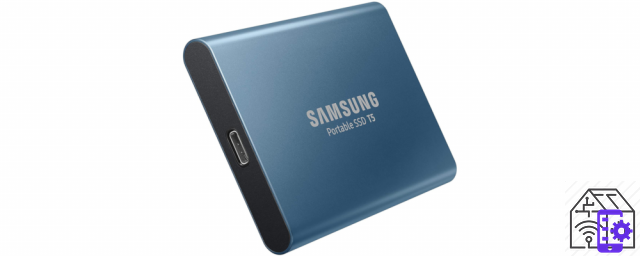 Although hard drives are still very popular in the external memory sector and actually more than enough for many applications, SSD options are becoming more and more popular and interesting. Although, in fact, with the same memory, the cost is almost double, the higher reading speed allows you to transfer very quickly photo e video large.
Although hard drives are still very popular in the external memory sector and actually more than enough for many applications, SSD options are becoming more and more popular and interesting. Although, in fact, with the same memory, the cost is almost double, the higher reading speed allows you to transfer very quickly photo e video large.
The absence of mechanical parts also makes the SSDs very durable even ad shock e falls and allowed some manufacturers (like SanDisk) to create devices waterproof, suitable to be carried and used on the move.
The only thing you need to make sure before proceeding with the purchase of a unit of this type is the presence on your device of the USB port right. In fact, almost all models use standards USB 3.1 e USB 3.2 and, although it is possible to connect them to ports of older generations, these interfaces are necessary to take full advantage of the SSD. Devices with USB 3.0, such as Xbox One e PlayStation 4, will therefore be able to benefit from the speed of random access for some operations but will not be able to take advantage of the full speed of SSDs in downloading large files and loading levels.
 SanDisk Extreme Portable SSD, Read Speed Up to ...
SanDisk Extreme Portable SSD, Read Speed Up to ...
- The excellent transfer speed, up to 550MB / sec, allows you to quickly transfer photos and videos at excellent ...
- Rugged, waterproof and dustproof IP-55 rated
- Shock resistant solid state drive for longer product life
Internal SSD
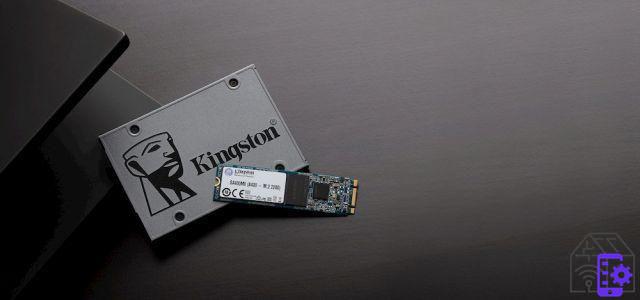 The best way to take advantage of the performance of an SSD is to install it internally to your device. The procedure, however, is not necessarily trivial to follow. Especially in the case of consul e laptop furthermore, this replacement will invalidate the warranty.
The best way to take advantage of the performance of an SSD is to install it internally to your device. The procedure, however, is not necessarily trivial to follow. Especially in the case of consul e laptop furthermore, this replacement will invalidate the warranty.
However, if you have decided to take this path, you must first understand which format of SSD is right for us. If we are going to replace an old hard drive we will have to move towards the SATA SSDs compatible with the format 2.5". As we also discussed earlier, these aren't the best SSDs overall in terms of maximum transfer speeds, but they are still a significant leap forward from any HDD model.
Discount
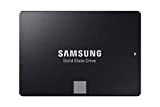 Samsung Memories MZ-76E500 860 EVO 500 GB Internal SSD, ...
Samsung Memories MZ-76E500 860 EVO 500 GB Internal SSD, ...
- Up to 550MB / s sequential read speed and up to 520MB / s sequential write speed
- SATA 6 Gb / s interface and backward compatible with SATA 3 Gb / s and SATA 1.5 Gb / s
- 2.5 inch form factor, great for both laptops and desktops
The situation changes if we have a laptop or a desktop PC with a slot compatible with the most compact formats mSATA o M.2. If both obviously need a compatible drive, for the second one you have to pay particular attention to the specifications: the M.2 is in fact only a connector that, depending on the manufacturer, can support SSD M.2 SATA, M.2 NVMe or both. There are also several accepted memory stick lengths, another factor to take into account when choosing your memory.
Discount
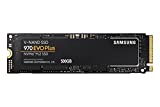 Samsung Memories MZ-V7S500 970 EVO Plus 500GB Internal SSD, ...
Samsung Memories MZ-V7S500 970 EVO Plus 500GB Internal SSD, ...
- Sequential read and write speeds up to 3500/3300 MB / s respectively; performances may vary depending on ...
- NVMe interface (Pcle Gen 3.0 x 4)
- Form factor m.2




















![[Review] Samsung Powerbot VR7000: the robot vacuum cleaner from Star Wars](/images/posts/6bc44de38605b5c0fa12661febb1f8af-0.jpg)





